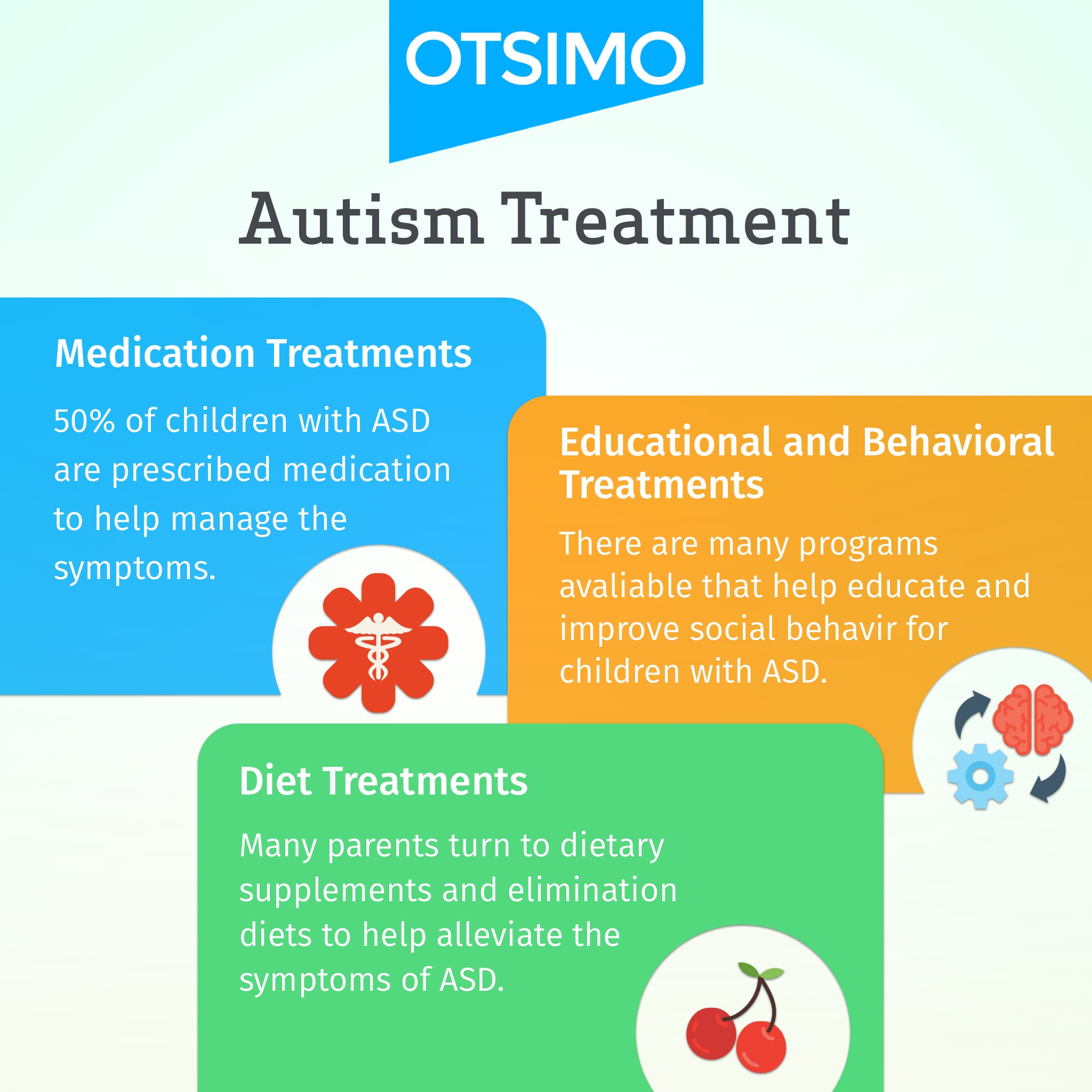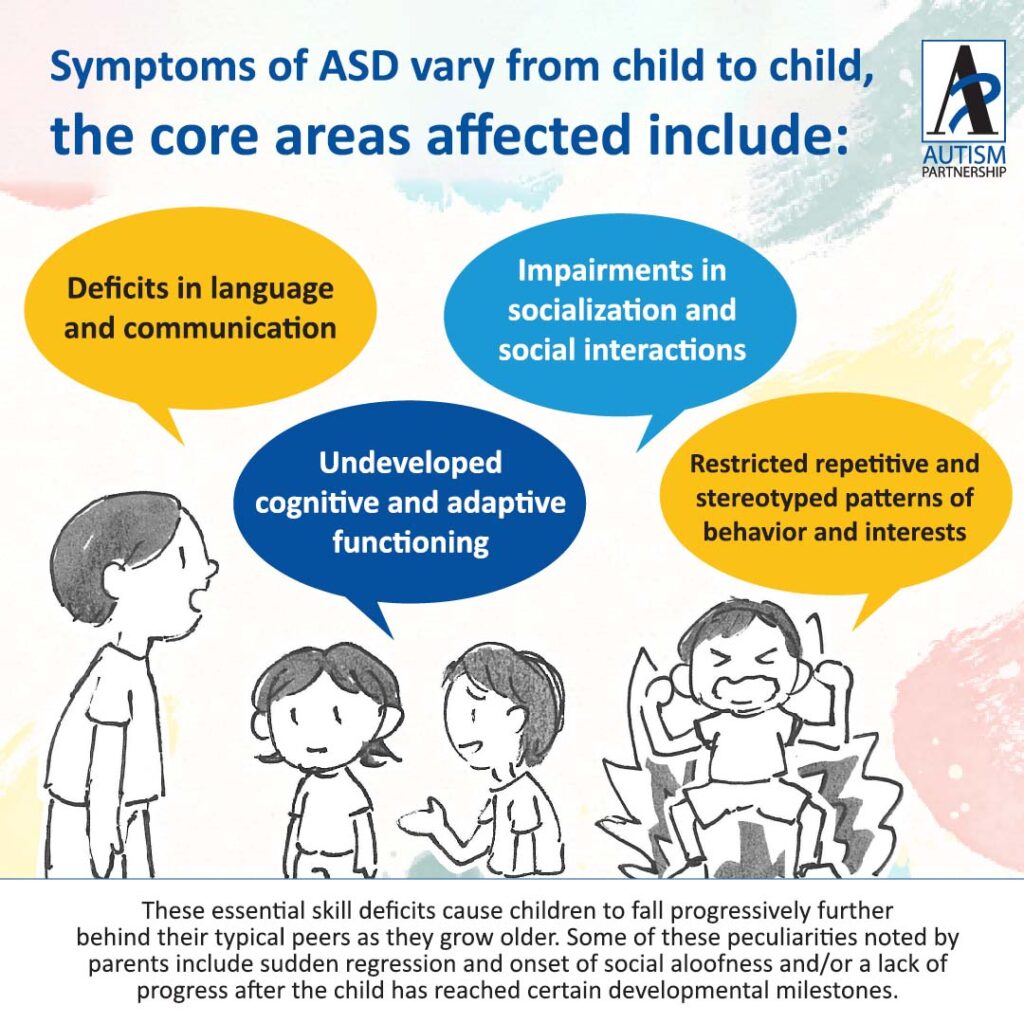Understanding the Influence of Behavioral Autism on Day-to-day Live and Social Communications
You might not understand exactly how deeply behavioral autism influences everyday life and social communications. People on the spectrum commonly browse a world filled with communication obstacles and sensory overload. These obstacles can lead to aggravation and seclusion, impacting their connections and general well-being.
Defining Behavioral Autism and Its Features
Behavior autism, usually referred to as autism range disorder (ASD), encompasses an array of conditions defined by challenges in social interaction, interaction, and recurring behaviors. You could see that individuals with ASD often struggle to translate social hints, which can result in misconceptions in conversations. They might discover it hard to develop eye contact or take part in tiny talk, making social situations really feel frustrating.
Interaction troubles can show up in various methods, from delayed speech growth to a preference for making use of fewer words. Recurring habits, such as hand-flapping or rocking, can function as coping systems to manage anxiety or sensory overload. These features can greatly impact day-to-day life, making it essential for you to comprehend and support those with ASD. By identifying these qualities, you can foster a setting that promotes approval and motivates effective interaction, helping individuals with autism prosper in their daily interactions.
The Spectrum of Autism: Comprehending Variability in Habits
Autism spectrum problem (ASD) isn't a one-size-fits-all medical diagnosis; it differs widely among people. You might experience individuals that are very verbal and engage conveniently in conversations, while others could like solitary activities or communicate non-verbally.
In addition, the way people with ASD react to sensory input can vary substantially; some may be overwhelmed by loud noises or bright lights, whereas others grow in stimulating atmospheres. The spectrum also includes differences in social communications; some people might have a hard time to translate social hints, while others navigate social settings with loved one convenience. Recognizing this irregularity is essential, as it assists you value everyone's special experience and dressmaker support to their details needs, fostering a much more comprehensive atmosphere for everybody.
Interaction Difficulties Dealt With by Individuals With Autism
When you connect with individuals on the autism range, you may discover their unique communication challenges. They commonly deal with problems with both nonverbal and spoken signs, which can influence their social communications. Recognizing these obstacles is essential for cultivating far better links and assistance.

Verbal Communication Difficulties
Many people on the autism range experience spoken interaction difficulties that can significantly influence their day-to-day interactions. Your quantity, tone, or rate could not align with social assumptions, causing others to misunderstand your intentions. Identifying these obstacles can aid you and your support network develop methods to improve communication and cultivate better links with others in your everyday life.
Nonverbal Communication Obstacles
Verbal communication isn't the only difficulty people on the autism spectrum face; nonverbal interaction barriers can be simply as considerable. You may find it difficult to analyze body language, faces, and eye get in touch with, which are important for efficient interaction. These challenges can cause misunderstandings or false impressions of social cues, making communications really feel complex or overwhelming. You may struggle to express your own feelings through nonverbal methods, leaving others not sure of your sensations or objectives. This separate can develop feelings of isolation and disappointment. Recognizing these obstacles is essential for promoting understanding and empathy in your interactions. By addressing nonverbal interaction, you can discover techniques to boost your social experiences and enhance your general lifestyle.
Social Communication Effects
Social interactions can typically feel overwhelming due why not look here to the special communication challenges dealt with by individuals with autism. Identifying these difficulties can help you locate strategies to improve communication, such as exercising social abilities in risk-free settings or using visual help. Recognizing your needs permits you to browse social interactions with higher confidence and simplicity.
Social Communication and Connection Building in Autism
While structure connections can be testing for people with autism, comprehending their distinct point of views and interaction designs can foster meaningful connections. You might observe that numerous individuals on the range choose direct interaction and might struggle with social hints or little talk. By being simple in your communications, you can help create a setting where they feel comfortable.
Involving in shared rate of interests can additionally serve as a bridge to much deeper connections. Whether it's a hobby, a preferred program, or a shared interest, these usual strings can open up doors to relationship.
Life Routine: Navigating Approaches and obstacles
Navigating day-to-day life regimens can be particularly testing for individuals with autism, particularly when unanticipated modifications occur. To navigate these obstacles, consider executing visual schedules or lists.
Developing a regimen that includes sensory breaks can also be valuable. This helps develop an understanding environment.
Finally, practice mindfulness methods to take care of tension and stress and anxiety. Easy breathing workouts or basing techniques can make a substantial distinction. By integrating these strategies, you can enhance your day-to-day routine and reduce interruptions, making life feel a lot more workable.
Staminas and Capabilities of People on the Autism Range
Comprehending day-to-day live routines is simply one element of the autism experience. Lots of people on the autism spectrum have impressive toughness and capacities that establish them apart. You could discover that your focus to detail is phenomenal, allowing you to master tasks that call for precision and focus. Your capability to think outside the box can cause cutting-edge options in different scenarios.
Additionally, your memory abilities often beam, particularly in areas of rate of interest. Aba Therapist. This propensity for preserving information can make you a useful source in fields like science, art, or innovation. You may likewise show strong visual thinking, enabling you why not look here to picture complicated principles and address issues creatively
Furthermore, your distinct point of view on the world can foster compassion and understanding in others, enriching social interactions. Accepting these toughness not only improves your confidence but likewise assists others appreciate the varied talents you give the table.
Creating Inclusive Settings for People With Autism
Producing comprehensive settings for people with autism starts with developing sensory-friendly spaces that cater to their one-of-a-kind requirements. You can additionally cultivate possibilities for social communication, helping to develop connections and friendships. By making these changes, you'll add to a much more inviting atmosphere for every person.
Designing Sensory-Friendly Spaces
While creating sensory-friendly areas, it's vital to reflect on the unique demands of individuals with autism. Include silent areas where people can reenergize and pull back when overwhelmed. Consist of aesthetic schedules or clear signage to aid individuals browse the room confidently.
Promoting Social Interaction Opportunities
Creating sensory-friendly spaces not just addresses individual comfort yet also sets the phase for meaningful social communications among people with autism. Motivate peer mentoring, coupling individuals with autism with supportive peers that can direct them via social circumstances. By applying these approaches, you can improve social opportunities, helping people with autism build relationships and enhance their social skills in a safe, inviting environment.

Regularly Asked Inquiries
Exactly How Can Pals Support A Person With Behavioral Autism?
You can sustain a pal with behavior autism by being individual, listening proactively, and respecting their borders. Take part in tasks they enjoy, communicate freely, and create a comfortable setting where they really feel valued and understood.
What Resources Are Readily Available for Parents of Kid With Autism?
You can discover different sources for parents of youngsters with autism, including assistance groups, educational sites, and local area services. Getting in touch with various other moms and dads can likewise supply beneficial insights and shared experiences to assist browse difficulties.
Can Behavioral Autism Adjustment Over Time?

Yes, behavior autism can transform with time. You might see shifts in interaction, social skills, and behavior as your kid grows. Early intervention and assistance commonly play essential duties in these developmental adjustments.
Exactly How Do Sensory Level Of Sensitivities Influence Daily Life?
Sensory sensitivities can make daily experiences overwhelming. You could have problem with bright lights or loud sounds, resulting in stress and anxiety or avoidance. Finding settings that suit your demands can significantly boost your comfort and overall life.
What Are Typical Misconceptions About Behavioral Autism?
You could think behavioral autism just impacts interaction skills, yet it's even more facility. Many think people lack compassion or knowledge, which isn't real. Understanding these mistaken beliefs helps foster acceptance and assistance for those on Learn More Here the range.
Behavioral autism, frequently referred to as autism spectrum problem (ASD), includes a variety of problems identified by obstacles in social interaction, interaction, and repeated habits.Social interactions can commonly feel frustrating due to the distinct interaction challenges dealt with by individuals with autism.Creating sensory-friendly areas not only addresses specific comfort however also sets the stage for meaningful social communications amongst individuals with autism. Motivate peer mentoring, matching people with autism with helpful peers who can lead them with social circumstances. By executing these techniques, you can improve social possibilities, assisting people with autism develop friendships and enhance their social abilities in a risk-free, welcoming atmosphere.